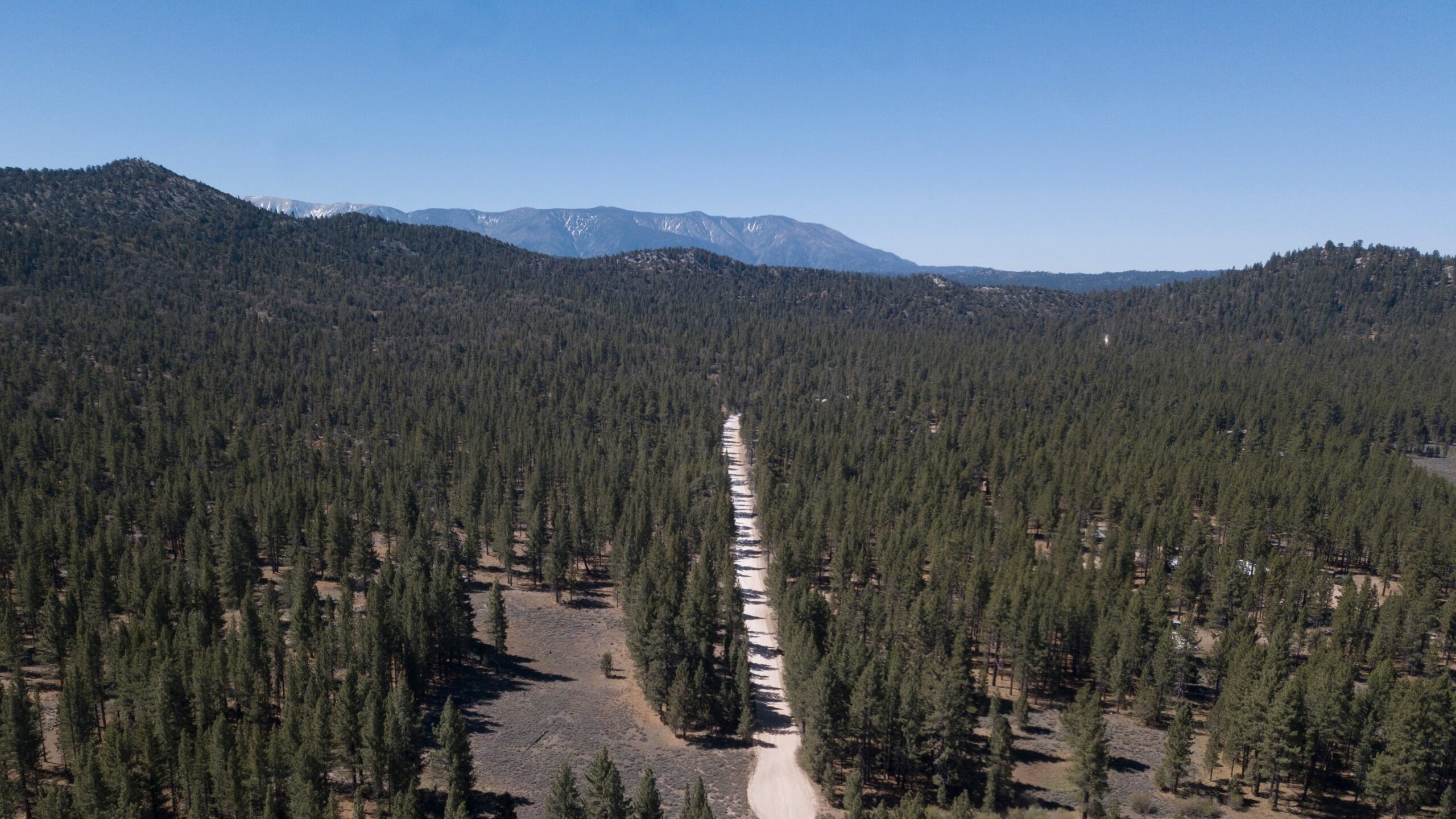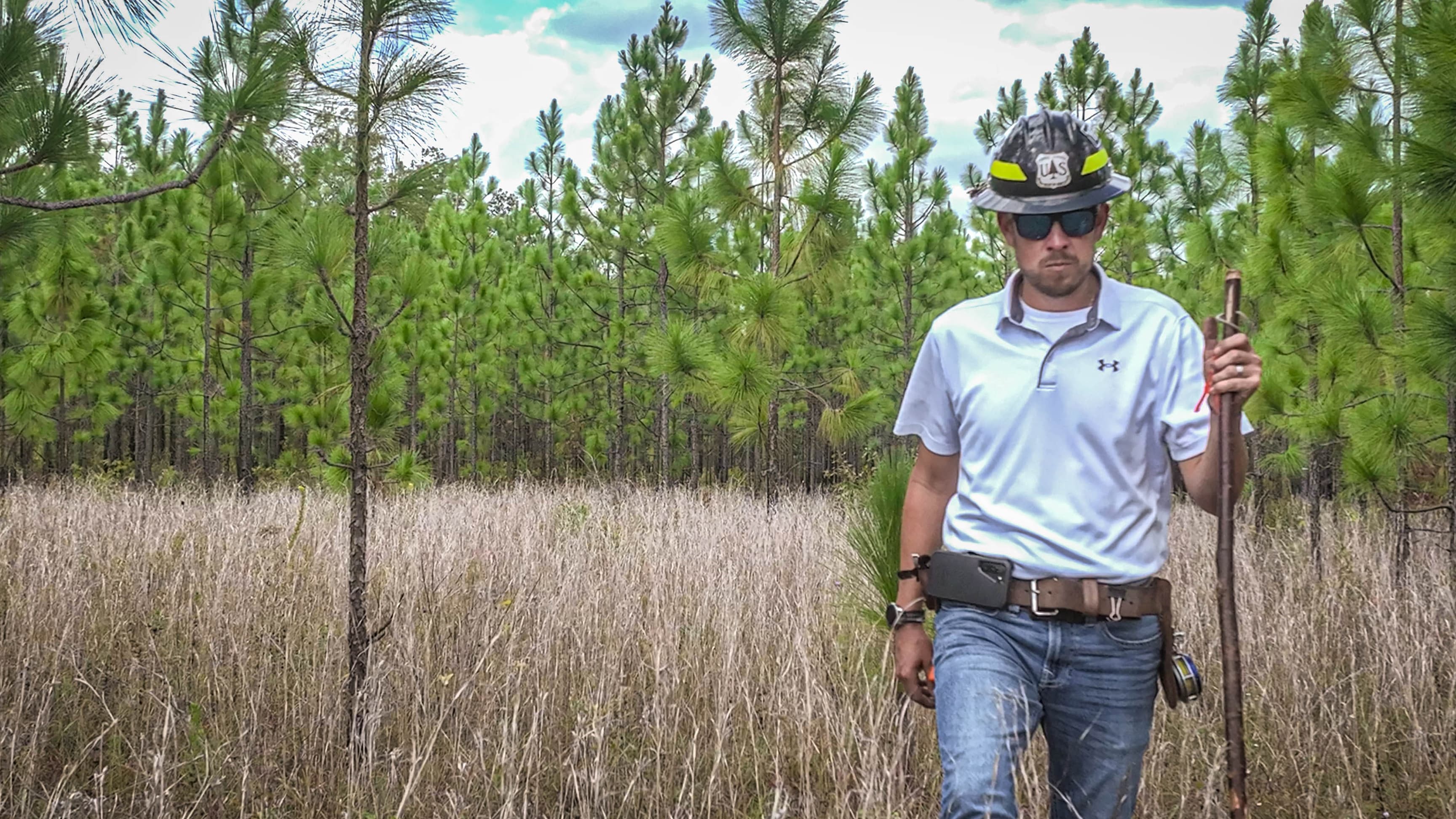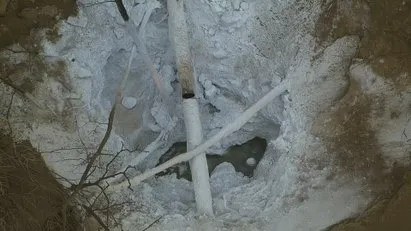
This story was originally published Diffuse lighta non-profit newsroom that investigates the powerful interests blocking climate action.
A proposal that would allow industries to permanently store climate-polluting carbon dioxide under US Forest Service land puts those habitats and the people in or near them at risk, according to opponents of the measure.
Chief among opponents’ concerns is that carbon dioxide could leak from storage pits or pipelines and injure or kill people and animals, as well as damage the trees in the forests and their habitat, said Victoria Bogdan Tejeda, attorney at the Center for Biological Diversity .
“There is enough broad concern about this rule that now is not the time to move forward and experiment when the consequences are so great,” Bogdan Tejeda said.
In 2020, a carbon dioxide pipeline burst in Mississippi, sending 49 people to the hospital.
The debate about the proposal in the US comes as the capture and storage of carbon to mitigate climate change was one of the talking points at the UN COP28 climate summit in Dubai.
Concentrations of the gas, which is odorless and heavier than oxygen, can also prevent combustion engines from operating. Bodan Tejeda, of the Center for Biological Diversity, worries that people could start suffocating even a kilometer or two from a carbon dioxide leak and have no way to escape.
Proponents of the proposalhowever, says storage can be managed safely, and such regulatory changes are necessary to meet the nation’s climate goals.

“The geological storage of CO2 among federal lands presents a significant opportunity to catalyze a domestic carbon management industry that will reduce greenhouse gas emissions while creating and maintaining high-paying jobs,” said Jessie Stolark, executive director of the Carbon Capture Coalitiona non-partisan collaboration of more than 100 companies, unions, conservation and environmental policy organizations.
Capturing carbon either from industrial processes that burn fossil fuels, or directly from the air, and storing it permanently underground is considered essential to warding off the worst impacts of climate change under various scenarios. But not all underground spaces can permanently hold the carbon, which is injected hundreds of feet underground. So developers were in a sort of land grab in Louisiana, Texas, and elsewhere for suitable underground so-called pore space.
Jim Furnish, a retired deputy chief of the US Forest Service who consults on forestry issues, said he was horrified by the proposal. He said this is a reversal of historic Forest Service policy that allows only temporary use of Forest Service lands, usually for five to 20 years.
More broadly, the measure would provide “a powerful incentive to continue burning fossil fuels,” Furnish said. “It’s the opposite of a virtuous cycle.”
Stolark says unless federal authorities provide clarity for carbon storage on federal lands, which make up 30 percent of all U.S. surface land, the country will not be able to meet 2050 greenhouse gas reduction targets.
The Forest Service manages approximately 193 million acres in the United States. According to to the US Geological Survey, about 130 million acres are suitable carbon storage under federal lands, including the Forest Service.

The Forest Service said the Nov. 3 proposal would allow it to evaluate such permanent storage requests; it is not currently considering any specific proposals to store carbon under its lands. A spokesman said the agency had previously received and refused applications for underground carbon storage on two forests in the South, a epicenter for proposals for carbon capture and storage.
Any such project would have to follow US environmental laws, the service said. The Environmental Protection Agency will regulate the wells under its underground injection well program.
If the rule is finalized, disruptions in forests will begin long before any carbon dioxide is sequestered underground, said June Sekera, an economist and policy researcher at Boston University and The New School who has studied carbon sequestration.
Drilling machines and heavy equipment would be brought into forests to evaluate whether the spaces under the forests are suitable for carbon storage. Trees will have to come down to make way for that equipment, and many more trees will likely be cut down to make way for the pipelines. Infrastructure for the injection wells will be permanent, she said.
“All the other recreational and human uses of these forests are in conflict with this type of use because this type of use is dangerous,” said Laura Haight, US policy director at Partnership for Policy Integrity, which focuses on forest issues.
Almost 200 carbon capture and storage projects have already been done suggested in the United States in the past five years, many spurred in recent years by increased incentives in the Inflation Reduction Act intended to address global warming.
The Forest Service, when contacted, did not respond to a question about how those incentives of up to $180 per ton of carbon stored would be handled if the carbon were injected under federal lands.
About 140 groups have asked the Forest Service to expand the 60-day public comment period on the proposal, which now ends January 2, for another 60 days. It would be the first time the United States would allow CO, according to the groups2 to be injected under federal lands.
US Rep. Jared Huffman, R-Calif., ranking member of the House Natural Resources Subcommittee on Water, Wildlife and Fisheries, said he also intends to ask for an extension of the comment period. Huffman called the measure a “sacrifice of public land as a life support for fossil fuels.”




